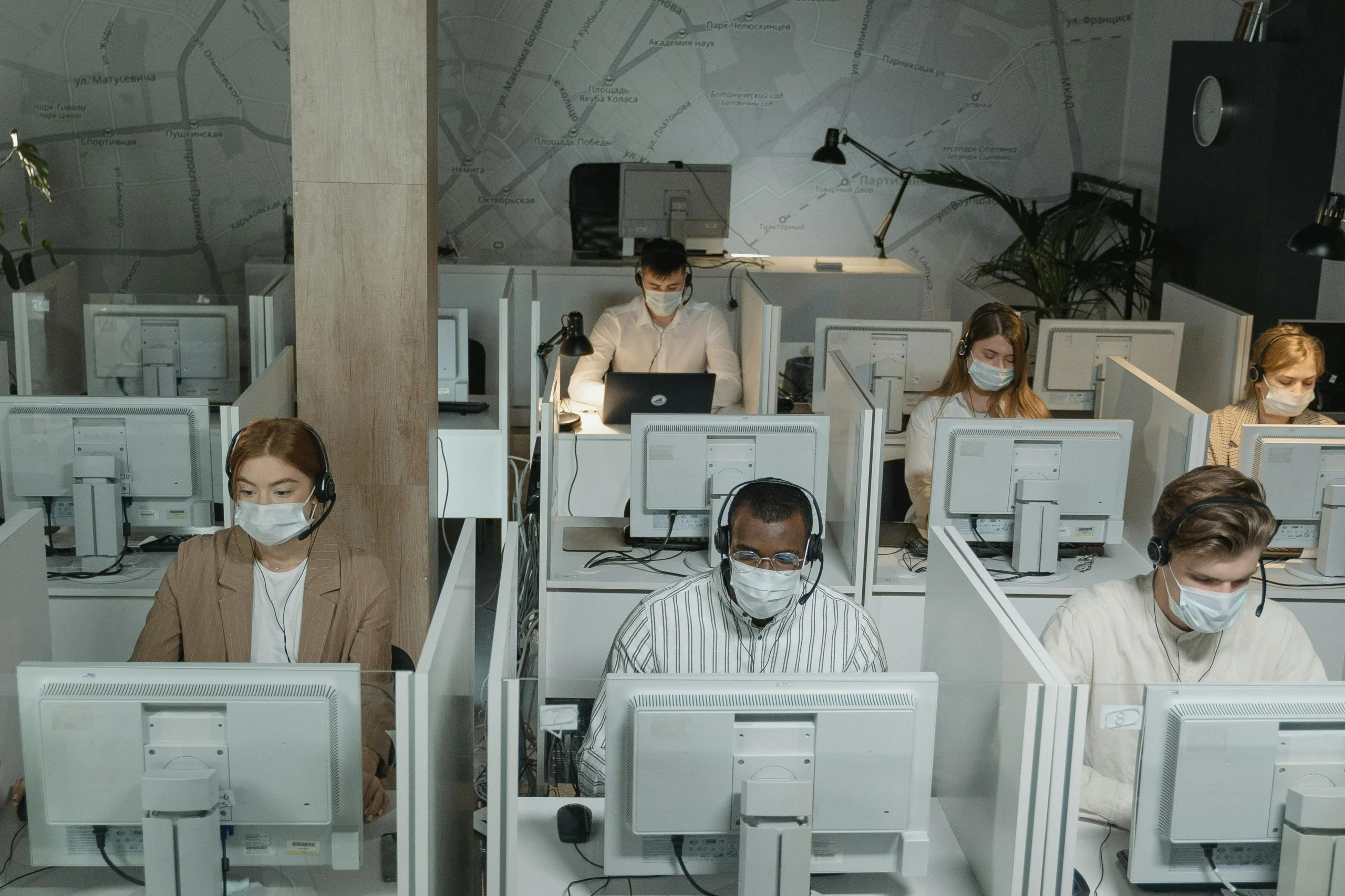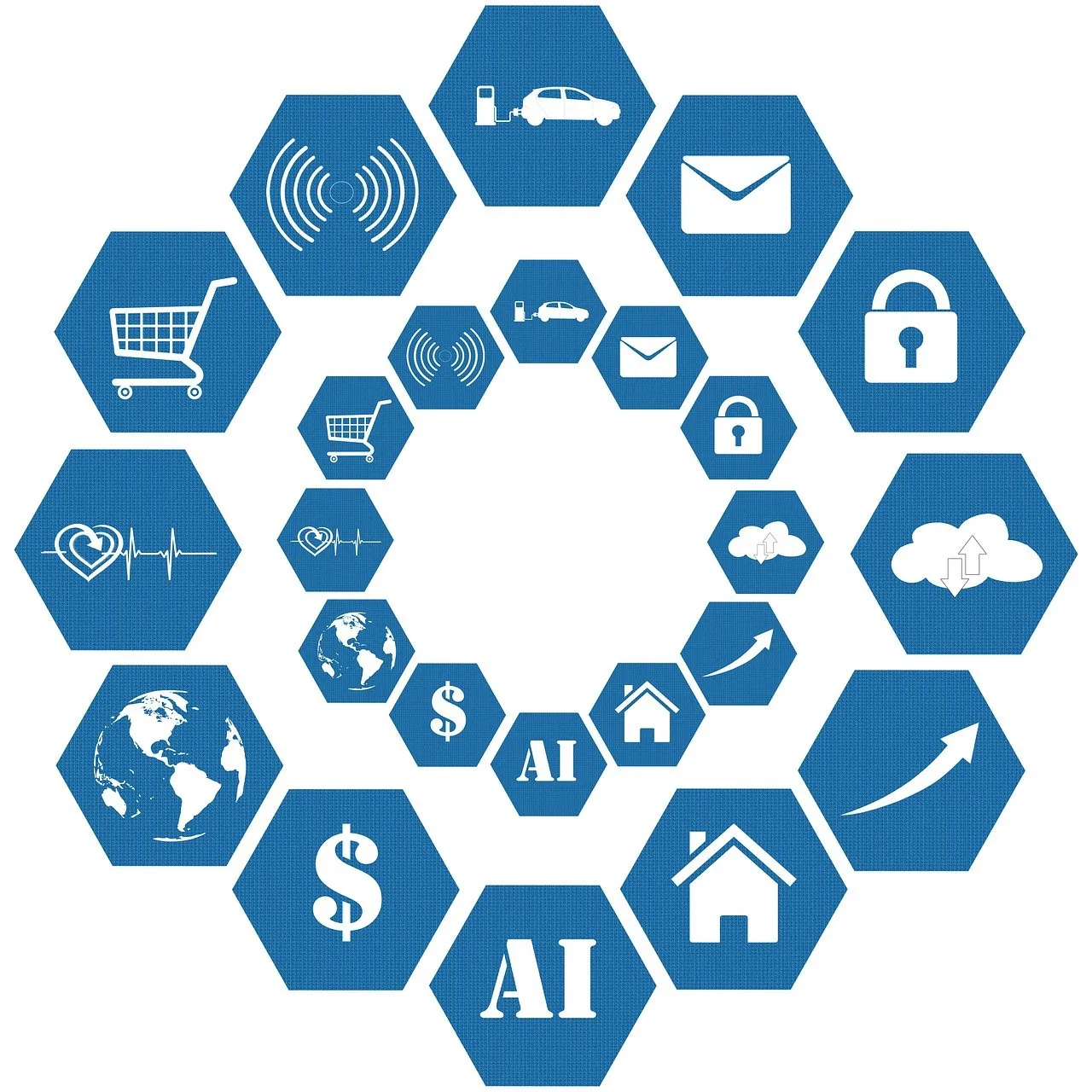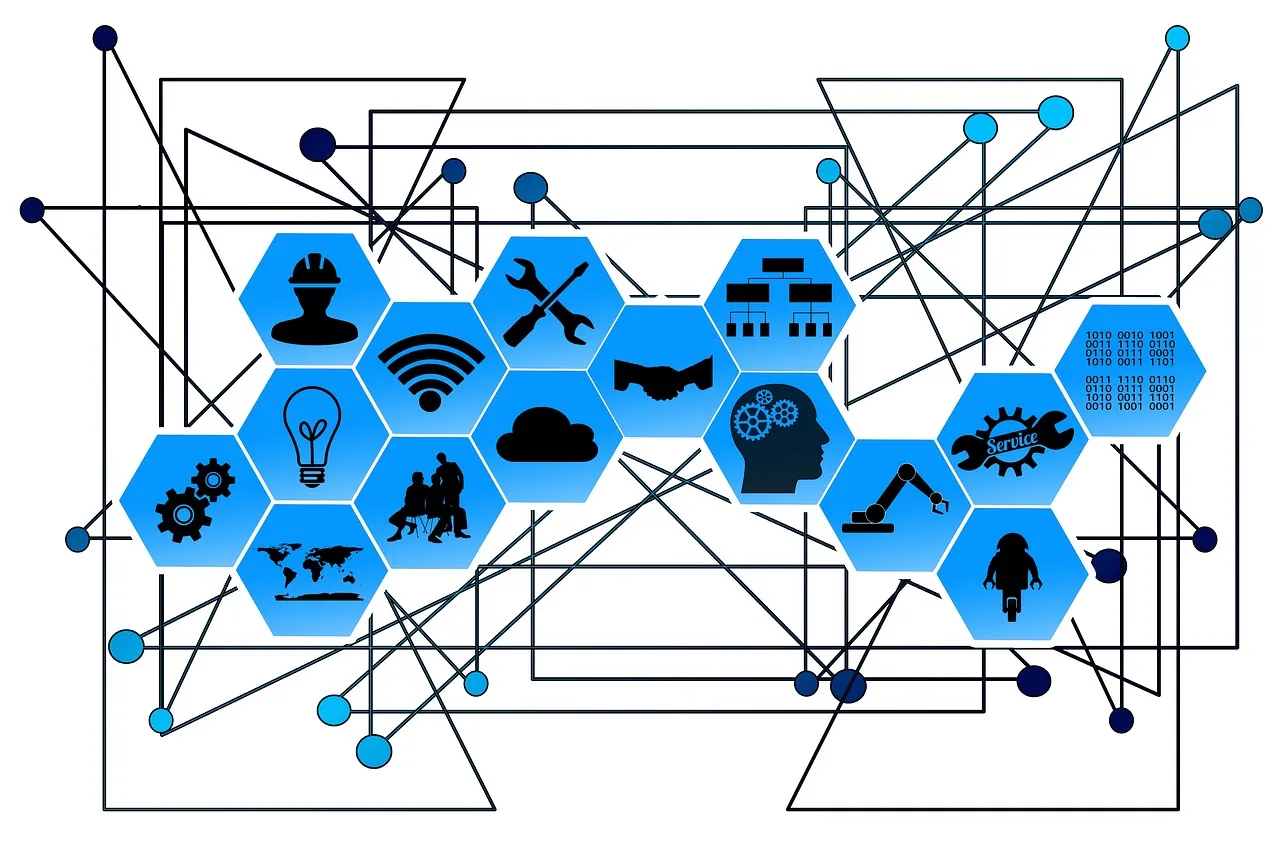Blog
Which Support Tier Is Right for You? Understanding L1, L2, and L3 Roles

What Are L1, L2, & L3 IT Support And Their Significance?
Every business owner imagines a world in which all of their operations function flawlessly, free from unexpected outages or IT-related problems. Although it may seem unrealistic, this ideal is achievable with the right IT support system. Knowing the various IT support levels and how they may help your company is essential as organizations depend more and more on IT infrastructure.
In order to assist you determine what kind of IT support service your company actually need, this article will go into great detail about IT support levels, outlining the distinctions between L1, L2, and L3 tiers as well as beyond.
What is IT Support?
The variety of services that help people and companies manage and maintain their technological infrastructure is referred to as IT support. It involves solving technical problems, offering advice on how to use gear and software, and making sure systems function properly. For companies of all sizes, IT assistance is essential because it keeps productivity high, protects against data loss, and improves cybersecurity.

IT Support Help Desk
Proactive maintenance, strategic planning, and reactive problem-solving are all components of effective IT support. To keep technology dependable and safe, it consists of routine system upgrades, security fixes, and performance enhancements. IT support teams make an important contribution to reducing interruptions and improving business continuity by seeing possible problems before they become serious.
What are L1, L2, & L3 IT Support And Their Significance?
Companies use technology extensively to improve customer satisfaction, increase production, and streamline operations. But the difficulties in maintaining and debugging IT systems also grow in complexity as technology does. This is where having strong IT assistance is important since it guarantees that organizations can run smoothly and uninterrupted. To successfully handle IT difficulties, organizations frequently use a tiered IT support approach, which is typically divided into L1, L2, and L3 support levels. Every level has a different function and calls for different levels of experience and problem-solving skills.

IT Support Assistance in every field
A well-organized framework for IT assistance is essential to preserving operational effectiveness. The promptness and precision of fixing technical issues can have a big influence on company continuity. Businesses can effectively allocate resources by putting in place tiered IT support, which guarantees that more complicated issues are forwarded to qualified specialists while simpler ones are promptly resolved. By reducing downtime, this improves customer satisfaction and streamlines the support process.
Featured Article: Is App development a 5 minute job with AI? The ultimate guide.
The Tiers of IT Support
Sorting your help desk staff into various IT tiers according to their experience is a smart idea if you want them to be able to handle incoming technical difficulties effectively.
These gradations are frequently referred to as “IT Support Tier” or “IT Support Level.” Filtering client service through several IT support tiers and assigning the right mix of help desk specialists to each tier has several benefits. A tiered IT support staff can offer these advantages by:
- Take client needs into consideration.
- Deliver a first-rate customer service experience
- When feasible, encourage clients to be self-sufficient.
- Rapidly address small, persistent, or controllable client concerns
- Establish a schedule and procedure for complicated matters.
- Increase staff confidence and training when addressing issues
- Providing opportunities for comments and recommendations for continued product improvement.
Level 1 Support (L1)
What is L1 support? Tier 1, sometimes referred to as Level 1 IT support, is the most fundamental support service a business offers its clients. Simple problems including program installations, password resets, and other troubleshooting activities are covered at this level.
This category of help desk staff typically has little expertise and a rudimentary understanding of technological problems. Since helping consumers with common issues and questions is their main responsibility, they usually have limited access to company data.
Scope:
When it comes to collecting consumer requests via chat services, phone calls, emails, and online forms, Tier 1 support is essential. Customers who have queries or problems are referred to Level 1 support staff, who are supposed to handle these issues and monitor help requests until the issue is fixed.
Resolving usage concerns, giving product details, and completing service desk requests that call for IT assistance are some of the basic problems they handle. Following the proper escalation procedure, Tier 1 specialists usually escalate the issue to Tier 2 support if a solution cannot be found and additional technical assistance is required.
Featured Article: How to secure your data in cloud? 5 best practices
Level 2 Support (L2)
What is L2 support? Tier 2, often known as Level 2 support, provides end users who need comprehensive troubleshooting for their software or hardware products with advanced technical assistance.
Support Types: Tier 1 and Tier 2
More complicated problems or difficulties that Tier 1 staff were unable to handle are addressed at this support level. Since Tier 2 support experts are more familiar with the company’s hardware and software offerings than Tier 1 agents, they can guarantee that concerns raised by Level 1 IT support agents are appropriately resolved.
Members of the Tier 2 (or L2 support) team provide thorough technical, backend, and troubleshooting investigation. Additionally, they have more access to important business data.
Scope:
Employees in Tier 2 operate in a backend role and don’t interact directly with clients.
They are technicians with better expertise and skill. When Tier 1 support staff are unable to resolve a problem, they assess the situation and offer suggestions. The issue is forwarded to Tier 3 support if Tier 2 support is unable to resolve it.
Level 3 Support (L3)
What is L3 support? The highest level of IT assistance is known as L3 support, and it is provided by Subject Matter Experts (SMEs) who are extremely informed about the product or service that the business provides support for.
The most difficult and complicated problems that call for a high level of technical knowledge and proficiency are handled by this service level.
Tier 3 typically helps a tiny portion of clients who are either high-value clients or those who are having uncommon technical problems that don’t happen very often. They are able to solve a variety of technological issues.
Scope:
For the purpose of fixing a problem or creating a new feature, Tier 3 support teams require access to the most up-to-date company and product information. They look at designs and code in a lab environment and attempt to reproduce the issue in order to identify the underlying reason.
The business determines whether a new fix is required after technicians have determined the underlying reason. If there is a major improvement needed in the solution, the issue is escalated to Tier 4 support. For future reference, new fixes are recorded and shared with Tier 1 and Tier 2 agents.
How to Set Up Tiered IT Support?
It takes careful planning and resource allocation to set up a tiered IT support company. Determining the organization’s IT requirements and identifying common problems is the initial phase. Classifying these issues according to their frequency and complexity comes next after the support requirements have been determined. This ensures that IT teams have a balanced workload by helping to assign the appropriate support level to handle particular issues.

How to Set up your IT support
Escalation protocols and open lines of communication are also essential components of a successful tiered support architecture. For basic issues, a support request should be routed to the appropriate layer, starting with L1. The most complicated issues are escalated to L2 and L3 if they call for further technical expertise. By cutting down on resolution times, this methodical strategy increases productivity and boosts customer satisfaction.
L1 Support: The first line of defense, in charge of managing service requests, responding to inquiries, and resolving basic technical problems. Standard operating procedures and pre-written scripts are usually followed by L1 support teams.
L2 Support: Concentrates on more intricate problems that need for deeper technical understanding. When necessary, L2 specialists collaborate directly with development and engineering teams, address problems that have been escalated from L1, and conduct thorough troubleshooting.
L3 Support: Made up of extremely skilled professionals who handle the trickiest and most important technical problems. L3 teams frequently work with engineers and software developers to address complex issues and put long-term fixes into place.
Do You Need L1 and L2 Support Specialists?
Our automated technologies and self-service portals for L1 support allow for speedy fixes for frequent problems, which lessens the strain for support employees. This improves client satisfaction and response times. Support teams may effectively handle more complicated issues by working with different departments and utilizing a centralized knowledge base thanks to our integration of powerful analytics and diagnostic tools at the L2 level.
Summary:
- L1 support handles basic troubleshooting and initial customer queries.
- L2 support deals with more complex issues requiring deeper technical knowledge.
- L3 support manages advanced problems and often involves developers or specialists.
- Choosing the right support tier depends on your skills, experience, and career goals.
If you would want assistance in developing a tiered IT support system that not only satisfies the demands of your clients but also promotes ongoing development and expansion inside your company, please do not hesitate to contact us.
Share
15 Minutes Free Discovery Call
How Zrafted Can Help Businesses?
- Contact Centre Solutions
- Managed IT Services
- Digital Marketing
- Business Process Outsourcing
- Virtual Assistance
- E-Commerce

